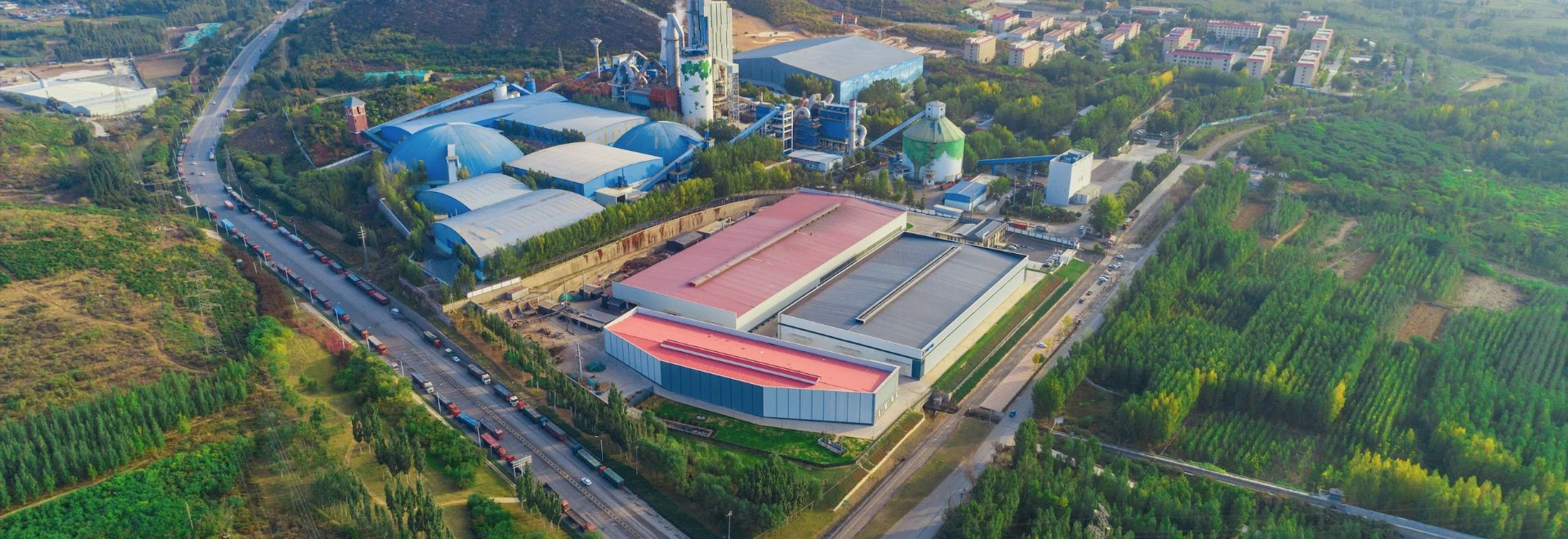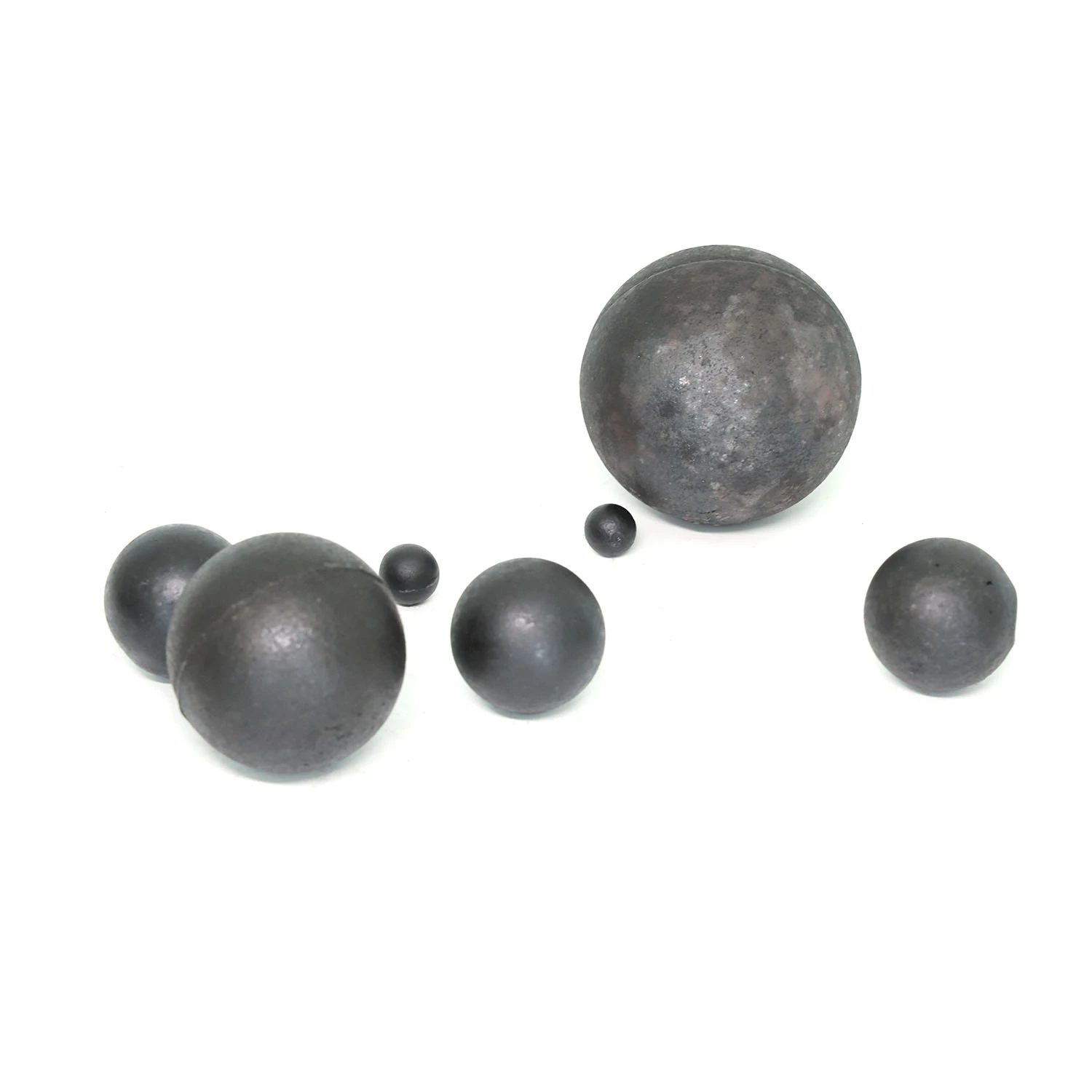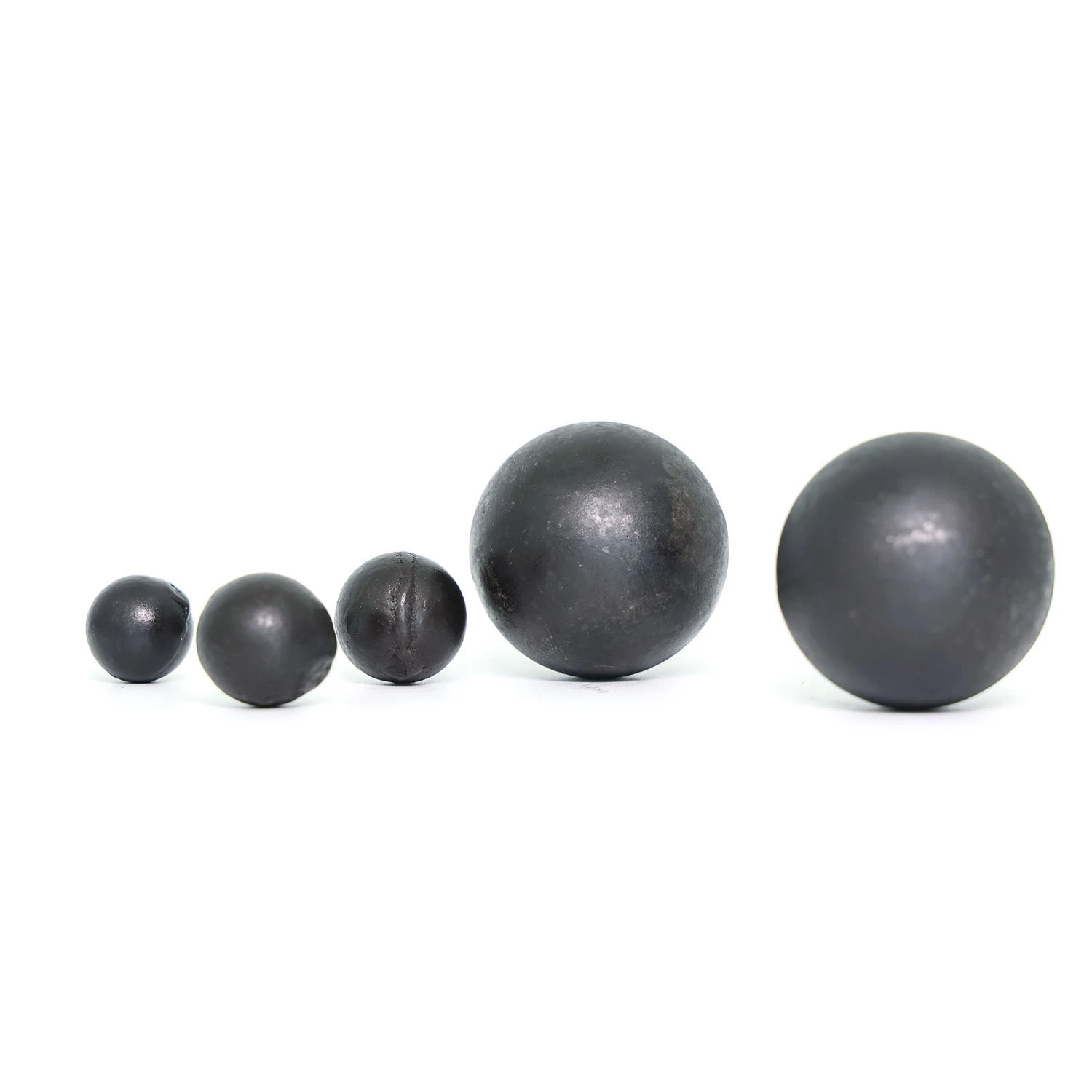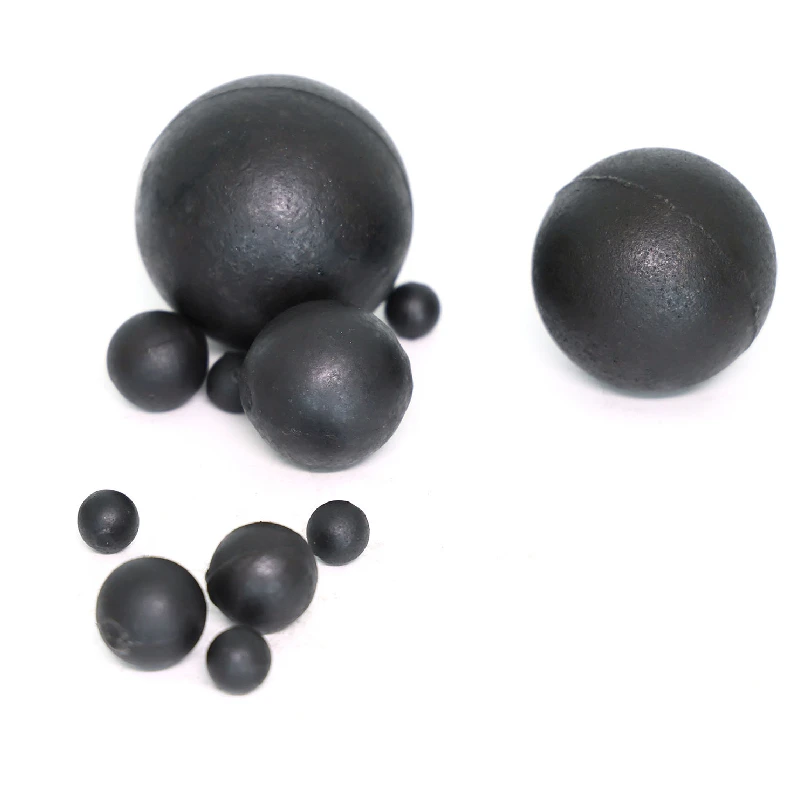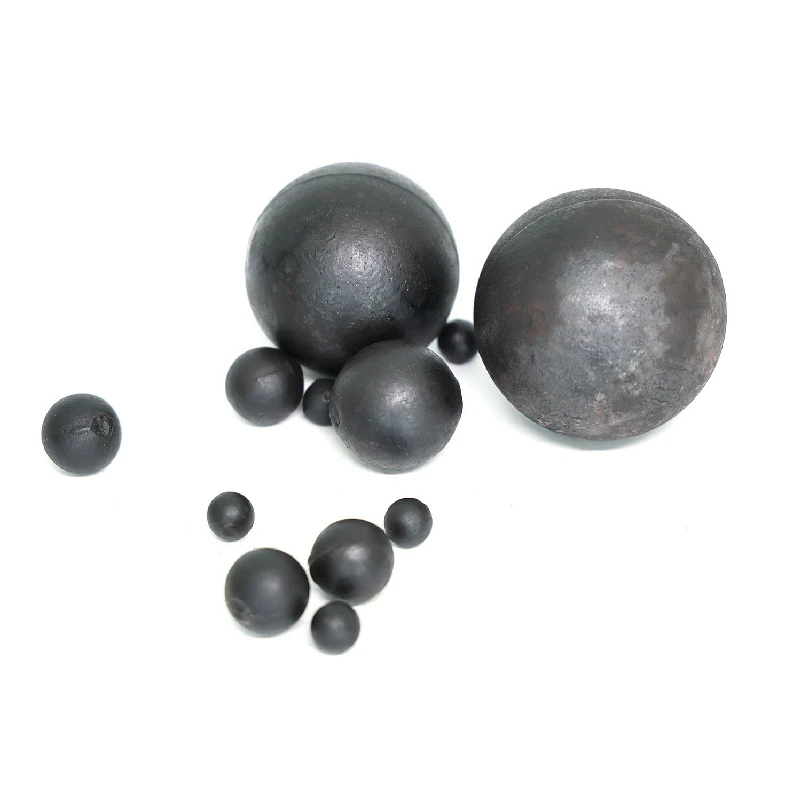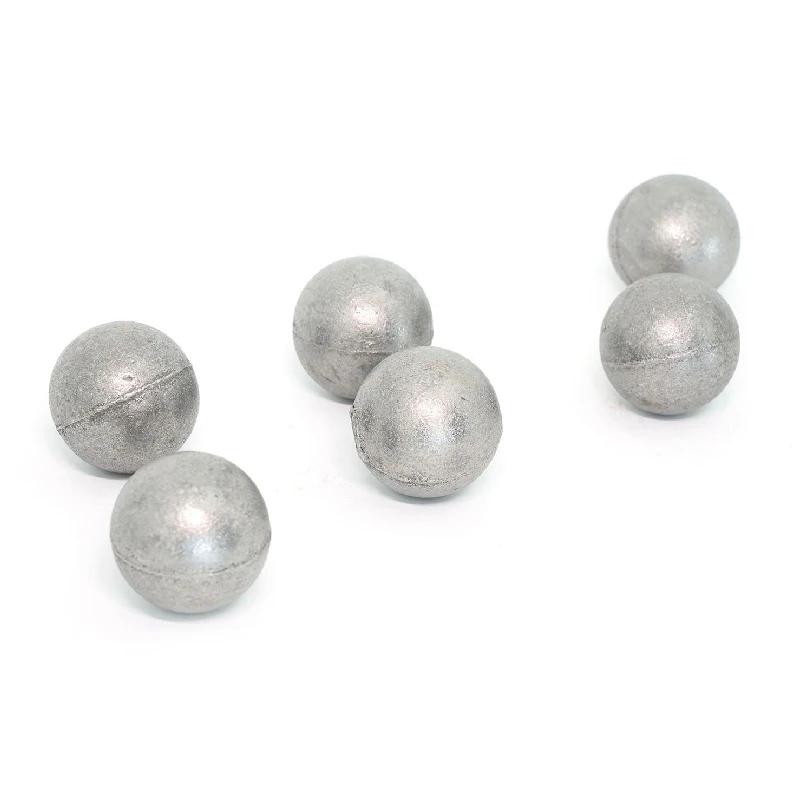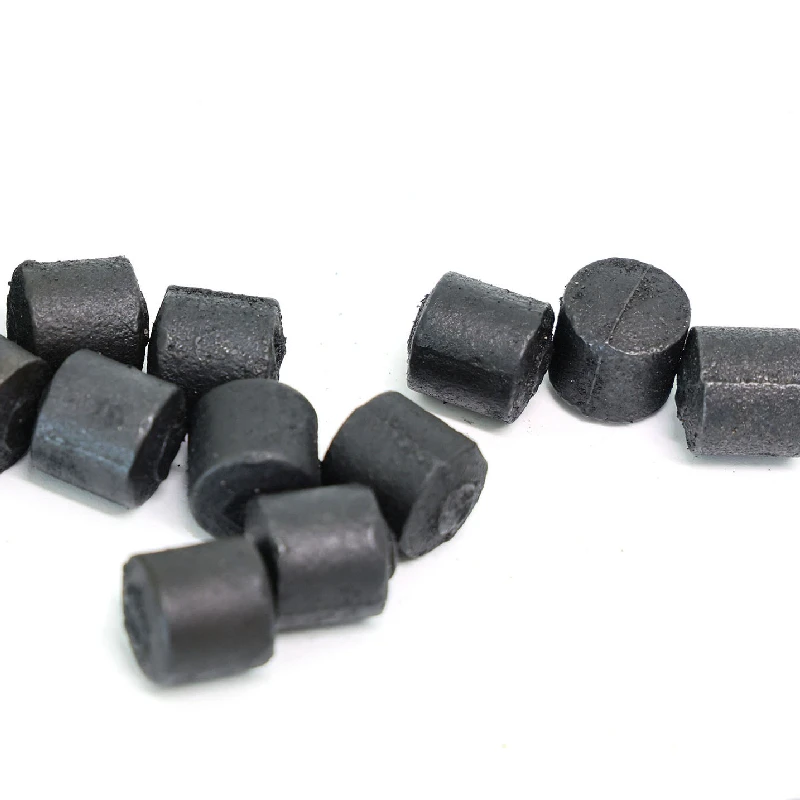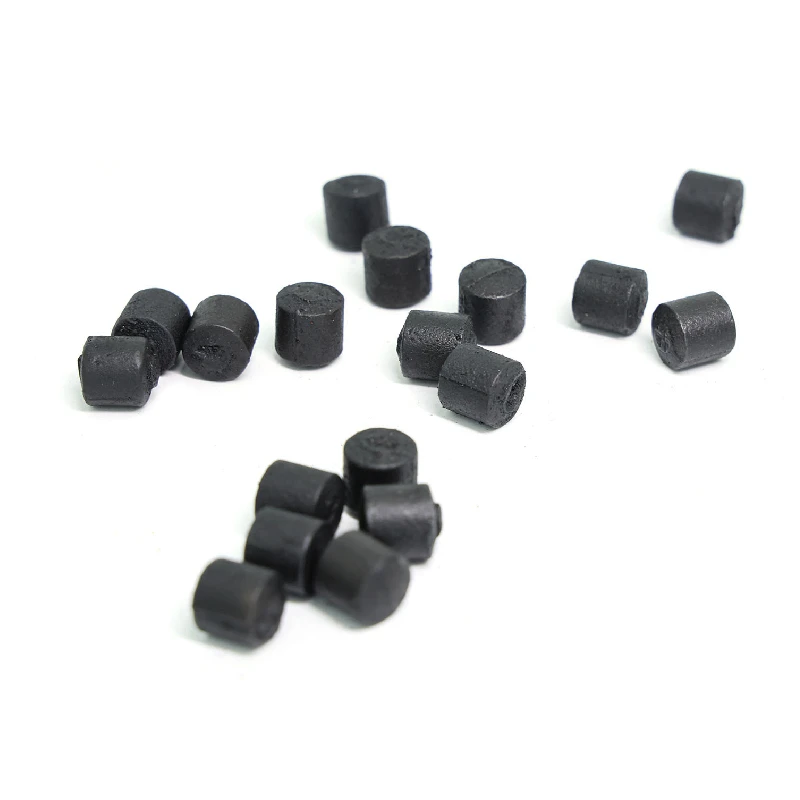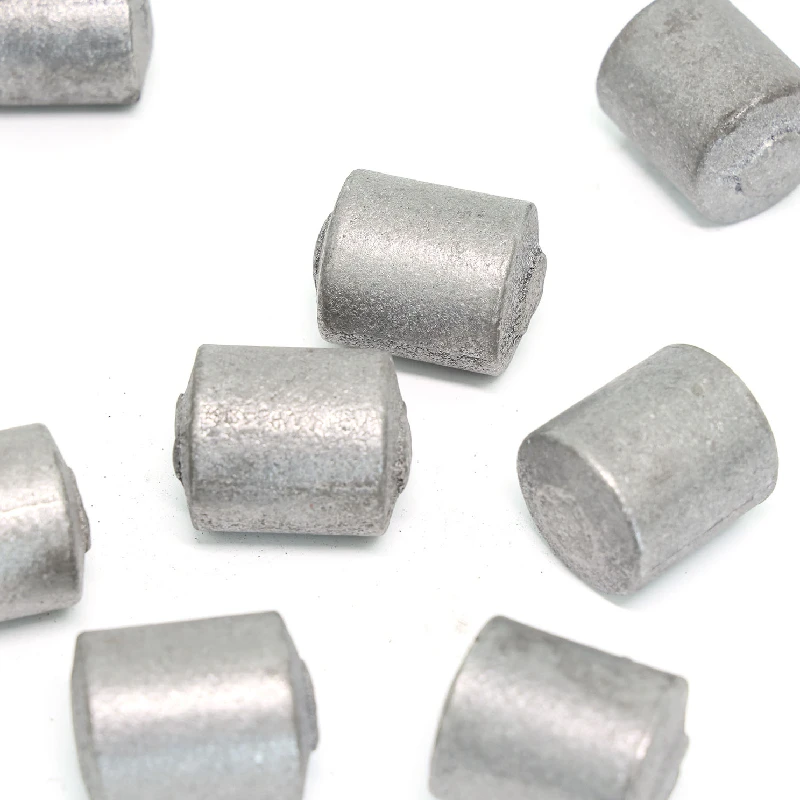- Afrikaans
- Albanian
- Amharic
- Arabic
- Armenian
- Azerbaijani
- Basque
- Belarusian
- Bengali
- Bosnian
- Bulgarian
- Catalan
- Cebuano
- China
- Corsican
- Croatian
- Czech
- Danish
- Dutch
- English
- Esperanto
- Estonian
- Finnish
- French
- Frisian
- Galician
- Georgian
- German
- Greek
- Gujarati
- Haitian Creole
- hausa
- hawaiian
- Hebrew
- Hindi
- Miao
- Hungarian
- Icelandic
- igbo
- Indonesian
- irish
- Italian
- Japanese
- Javanese
- Kannada
- kazakh
- Khmer
- Rwandese
- Korean
- Kurdish
- Kyrgyz
- Lao
- Latin
- Latvian
- Lithuanian
- Luxembourgish
- Macedonian
- Malgashi
- Malay
- Malayalam
- Maltese
- Maori
- Marathi
- Mongolian
- Myanmar
- Nepali
- Norwegian
- Norwegian
- Occitan
- Pashto
- Persian
- Polish
- Portuguese
- Punjabi
- Romanian
- Russian
- Samoan
- Scottish Gaelic
- Serbian
- Sesotho
- Shona
- Sindhi
- Sinhala
- Slovak
- Slovenian
- Somali
- Spanish
- Sundanese
- Swahili
- Swedish
- Tagalog
- Tajik
- Tamil
- Tatar
- Telugu
- Thai
- Turkish
- Turkmen
- Ukrainian
- Urdu
- Uighur
- Uzbek
- Vietnamese
- Welsh
- Bantu
- Yiddish
- Yoruba
- Zulu
ก.ค. . 07, 2025 08:09 Back to list
High Carbon Ferro Manganese Uses & Applications Ferro Manganese Alloy Benefits
- Introduction to ferro manganese uses
and significance in modern metallurgy - Composition and manufacturing process of ferro manganese alloys
- Technical advantages and performance metrics of high carbon ferro manganese
- Global manufacturer comparison: data-driven quality and supply analysis
- Custom alloy solutions: meeting diverse industrial needs
- Application case studies: Real-world examples in steelmaking and beyond
- Future prospects of ferro manganese uses and technology integration
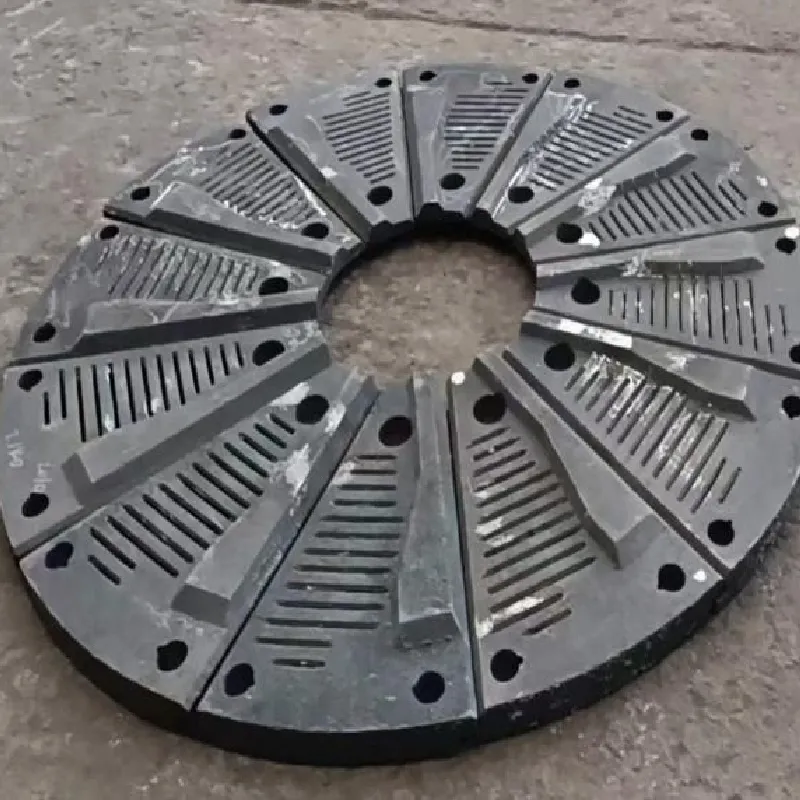
(ferro manganese uses)
Introduction to Ferro Manganese Uses: The Driving Force in Metallurgical Innovation
Ferro manganese holds a crucial position in the world of metallurgy, acting as a cornerstone additive in the steel production process and various other industrial applications. As an alloy primarily composed of iron and manganese, its different grades—especially the widely utilized high carbon variants—are indispensable in moderating steel's sulfur and oxygen content while enhancing mechanical properties. According to recent industry statistics, about 90% of all manganese produced globally is directed to metallurgical applications, with steelmaking alone accounting for over 85% of this share. Furthermore, with the increasing demand for high-strength, low-alloy steels across sectors such as construction, automotive, and heavy machinery, ferro manganese uses continue to diversify and expand.
Understanding the Composition and Production Process of Ferro Manganese Alloys
The effectiveness of ferro manganese in industrial applications directly correlates with its precise chemical composition. Ferro manganese alloys are typically categorized by their carbon content—high carbon (6–8% C), medium carbon (1.5–4% C), and low carbon (<1.5% C). The alloy is manufactured primarily by carbothermic reduction of manganese ores in blast or electric furnaces, with selected grades being refined to suit specific applications. This high-temperature process, often exceeding 1,500°C, enables effective reduction of impurities and fine-tuning of alloy characteristics, such as silicon and phosphorus content, to achieve the stringent standards necessary in steel manufacture. Maintaining strict control over these parameters ensures superior desulfurization, deoxidation, and alloying properties, directly impacting product yield and quality.
Technical Advantages and Performance Metrics of High Carbon Ferro Manganese
High carbon ferro manganese stands out for its robust technical performance, delivering a variety of specialized advantages in metallurgical and foundry processes. Notably, its high Mn content facilitates effective sulfur removal by forming non-harmful MnS compounds, thereby enhancing the toughness and ductility of finished steel products. The typical composition of high carbon ferro manganese is around 75–80% Mn, 6–8% C, and less than 1.5% Si. Compared to other deoxidizers and alloying agents, high carbon ferro manganese offers a cost-effective solution, with market prices averaging 15–20% lower than similar alternatives such as pure manganese metal or silicomanganese. Some of the key technical benefits include:
- Exceptional deoxidation and desulfurization performance
- Resistance to segregation and secondary oxidation
- Improved hot workability in final steel products
- Favorable melting and mixing characteristics in primary and secondary metallurgy settings
Global Suppliers at a Glance: Quality, Capacity, and Supply Chain Analysis
Selecting the right manufacturer is integral to harnessing the full benefits of ferro manganese in industrial processes. Below is a comparative data table summarizing key metrics of leading global suppliers, focusing on production capacity, typical grade purity, delivery reliability, and regional advantages. This clear comparison aids procurement managers in aligning quality requirements with strategic sourcing objectives.
| Manufacturer | Annual Capacity (MT) | High Carbon Mn Purity (%) | Typical Delivery Lead Time | Regional Focus | ISO Certification |
|---|---|---|---|---|---|
| FerroManganese Global (India) | 500,000 | 75–78 | 3–5 weeks | Asia, Europe | ISO 9001:2015 |
| EuroMn Alloys Ltd. (Ukraine) | 300,000 | 74–77 | 2–4 weeks | Europe, Middle East | ISO 14001:2015 |
| Ameri-Metals Co. (USA) | 230,000 | 76–80 | 1–3 weeks | Americas | ISO 9001 & ISO 50001 |
| Sinosteel Ferro (China) | 900,000 | 75–79 | 3–6 weeks | Global | ISO 9001:2015 |
Beyond quantity and purity, suppliers differ in their logistics partnerships, on-time delivery record, and ability to customize alloy blends for different production settings. For instance, Ameri-Metals Co. has distinguished itself with a consistent on-time delivery rate above 97%, while Sinosteel Ferro leads in scale and flexibility for bulk shipments.
Customized Alloy Solutions: Tailoring Ferro Manganese Applications to Industry Needs
Operational versatility is at the heart of modern ferro manganese alloy uses. By working with advanced producers capable of providing tailored grades and particle size distributions, end-users can optimize their production efficiency and product quality. Customization often involves adjusting the ratio of carbon, manganese, and silicon, as well as introducing trace elements such as titanium or chromium for specialized steelmaking. Major steel producers increasingly request low-phosphorus or ultra-low-carbon variants to suit stringent automotive and infrastructural standards. Some innovative approaches include micro-alloyed ferro manganese designed for ultra-high-strength steels and extralow silicon blends for electrical applications.
Leading global producers offer services like:
- On-demand blending and sieving for precise particle sizing
- Real-time quality certification (LAD, ASTM, EN compliance)
- Just-in-time logistics and inventory consignment programs
- Onsite metallurgical consulting and technical support
Application Case Studies: Real-World Impact of Ferro Manganese Alloy Uses
The spectrum of ferro manganese uses and high carbon ferro manganese applications is broad, but certain industrial case studies illuminate its essential function. In steelmaking—by far the greatest consumer—the alloy is primarily introduced during the secondary refining stage to both deoxidize and alloy the melt. For example, a major railway steel mill in Ukraine implemented a proprietary low-phosphorus high carbon ferro manganese, resulting in:
- Reduction of non-metallic inclusions by 27%
- Increase in yield strength of rails by 12%
- Decrease in rework rates from 8% to 4.2%
Ferro Manganese Uses: Evolving Technology and Future Prospects
As global demand for advanced steels and alloys escalates, ferro manganese uses are anticipated to diversify, incorporating ever-higher standards for efficiency, sustainability, and adaptability. Technological innovations, such as hybrid electric furnace operations and resource-efficient smelting, now promise reduced energy consumption by up to 20% and lower greenhouse gas emissions in the production of ferro manganese. Industry analysts forecast the global ferro manganese market will surpass 7 million metric tons annually by 2030, propelled by trends in green infrastructure, urbanization, and automotive lightweighting.
Additionally, emerging areas such as battery cathode materials, specialty coatings, and high-performance magnetic alloys are exploring the unique chemistry of manganese alloys. With ongoing collaboration between alloy producers, steelmakers, and research institutions, the next decade will likely see further breakthroughs in process integration, circularity, and additive manufacturing, cementing the relevance of ferro manganese in tomorrow’s materials ecosystem.
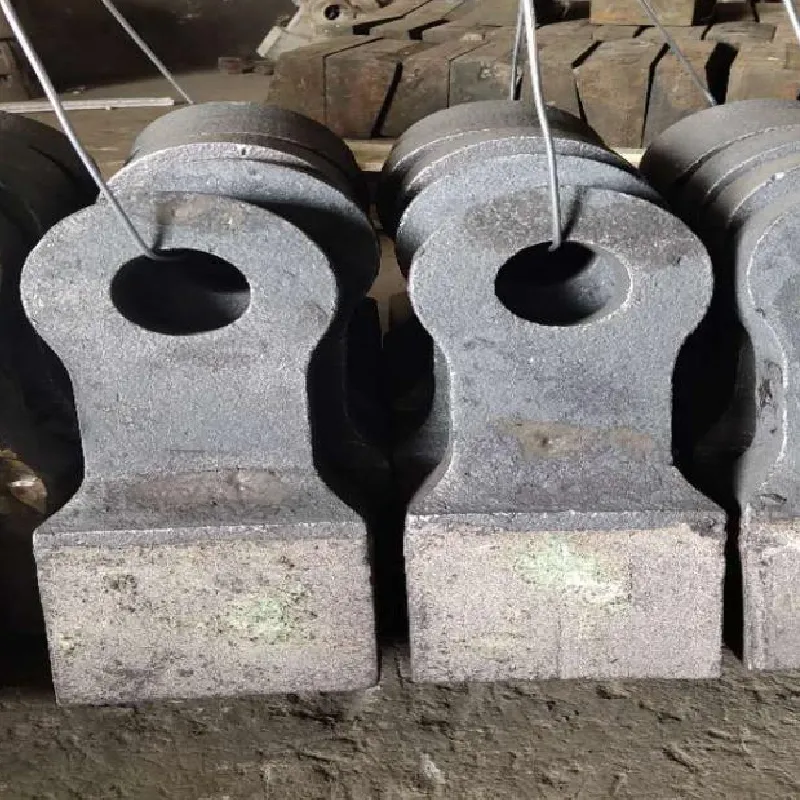
(ferro manganese uses)
FAQS on ferro manganese uses
Q: What are the main uses of ferro manganese?
A: Ferro manganese is primarily used as a deoxidizer and alloying element in steel manufacturing. It improves the hardness and strength of steel. It also helps remove sulfur and oxygen impurities.Q: What are the specific applications of high carbon ferro manganese?
A: High carbon ferro manganese is mainly added to steel to increase its strength and wear resistance. It's commonly used in construction and automotive industries. It also aids in preventing the formation of iron sulfide.Q: What industries make the most use of ferro manganese alloy?
A: The steel and foundry industries are the largest consumers of ferro manganese alloy. It's also vital in producing special and stainless steels. Other sectors include welding and manufacturing heavy machinery.Q: How does ferro manganese improve steel properties?
A: Ferro manganese enhances steel by increasing its hardness, toughness, and ductility. It acts as a deoxidizer during production. This results in cleaner and higher quality steel.Q: Why is ferro manganese preferred as an alloying element in steelmaking?
A: Ferro manganese is preferred because it efficiently removes impurities like sulfur and oxygen. It also provides cost-effective enhancement of steel quality. Its use makes the steel more durable and suitable for various applications.-
Unveiling the Significance of High - Performance Materials in Wear - Resistant Applications
NewsJun.23,2025
-
Unraveling the Significance of Manganese - Based Materials in Industry
NewsJun.23,2025
-
Unraveling the Significance of Industrial Wear - Resistant Materials
NewsJun.23,2025
-
Optimizing Industrial Equipment Performance with Liner Plates
NewsJun.23,2025
-
Diverse Applications and Insights into Industrial Lining Solutions
NewsJun.23,2025
-
Diverse Alloys Shaping Industrial Applications
NewsJun.23,2025
Realted Products

